
Kerala’s Vehicle-to-Grid Leap Redefines EV Charging
All India EV welcomes Kerala’s latest leap toward clean transportation. At a ceremony hosted at ANERT headquarters, the state rolled out a tightly-integrated package of initiatives that show what next-generation charging infrastructure can look like when mobility and power planners work from the same blueprint. Kerala’s Vehicle-to-Grid pilot proves parked EVs can stabilise the grid while drivers recharge on their own schedule.
India’s First Vehicle-to-Grid (V2G) Showcase
Kerala, in partnership with the India Smart Grid Forum and backed by technical support from the University of Delaware, demonstrated live bidirectional power flow using retrofitted Tata Nexon EVs. The pilot proves that parked EVs can become flexible storage, exporting energy back to the grid during peak demand and recharging off-peak—an essential step if India is to run a higher share of renewables without destabilising the system.
One App, All Chargers
ANERT’s in-house team also launched EZ4EV, Kerala’s first unified charging application. Drivers can now:
- see real-time charger availability
- plan trips door-to-door
- pay tariff-based bills (no third-party mark-ups)
- access 18 public stations across the state from a single dashboard
Unified apps are the missing link in customer experience; Kerala just filled that gap.
Customer-First Infrastructure
Charging downtime just became productive. The state opened a dedicated EV customer lounge—air-conditioned, with refreshments, Wi-Fi, news and washrooms—right inside the ANERT campus. It’s a small touch, but it turns charging from a chore into a coffee break.
Solar-Powered Battery Storage
Rounding out the launch was a 100 kW / 150 kWh grid-interactive solar battery energy-storage system. The installation keeps the campus running on solar power after sundown, eliminates diesel generators and feeds surplus clean energy back to the local network.
Why This Matters for the Rest of India
- Blueprint for state utilities – By combining V2G, a unified app, premium customer facilities and on-site storage, Kerala delivers a template that any state DISCOM can replicate.
- Stronger business case for EVs – Bidirectional charging opens revenue streams for fleet owners and utilities alike.
- Consumer confidence – A friction-free charging experience accelerates EV adoption more effectively than subsidies alone.
Kerala is leading by example… this V2G initiative sets a national precedent for how EVs can play an active role in energy management
Reji Kumar Pillai, president of the ISGF
The All India EV Take
We think Kerala just proved that the EV ecosystem is more than chargers and cars—it’s an energy platform. States planning their next round of FAME-III or state-level incentives should look closely at how Kerala stitched separate projects into one seamless user journey.
All India EV will track the performance data from this V2G pilot and share insights as they emerge. For now, kudos to ANERT and its partners for showing the country what an integrated, customer-centric EV future looks like.



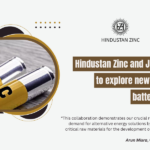
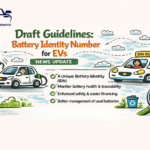
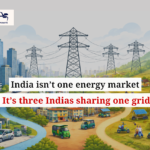
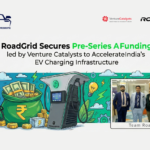
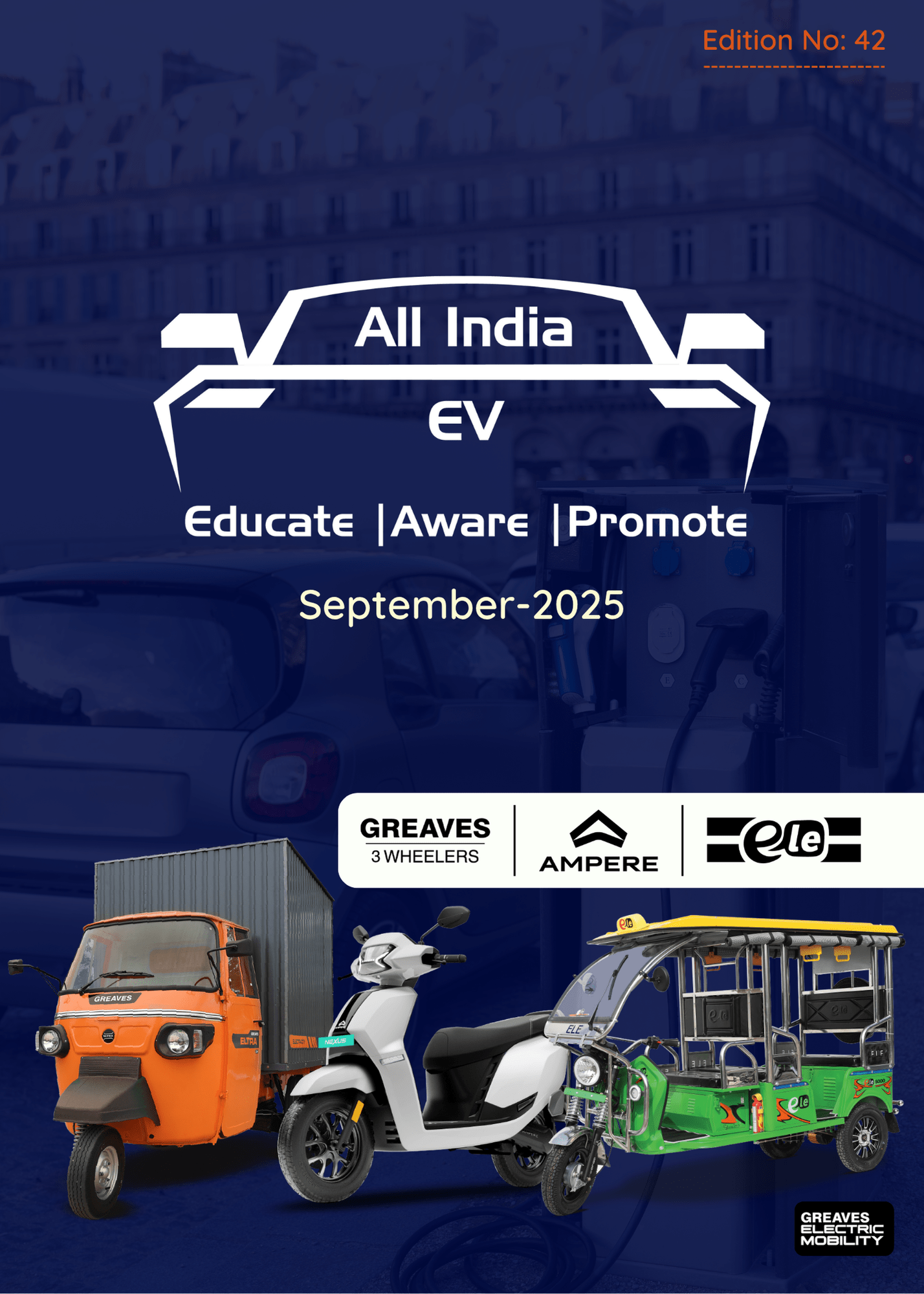

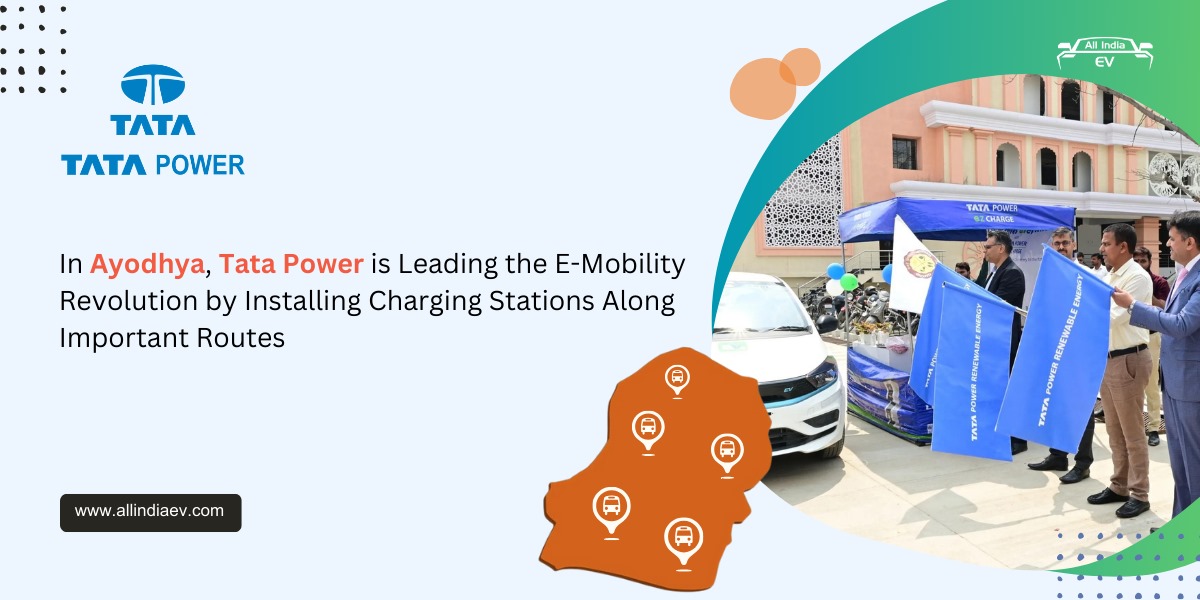
Kerala always in ready to adopt in new technology and value them